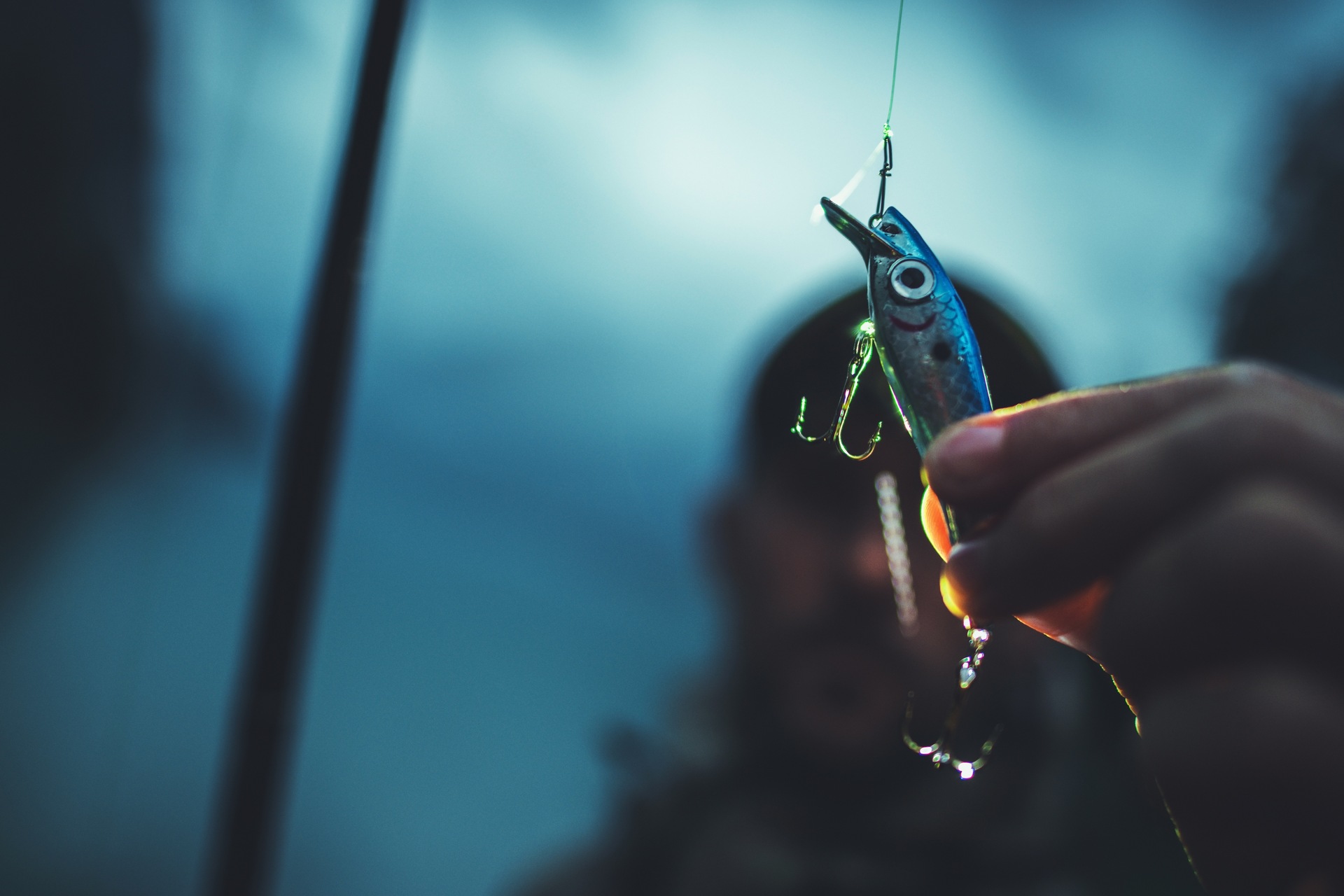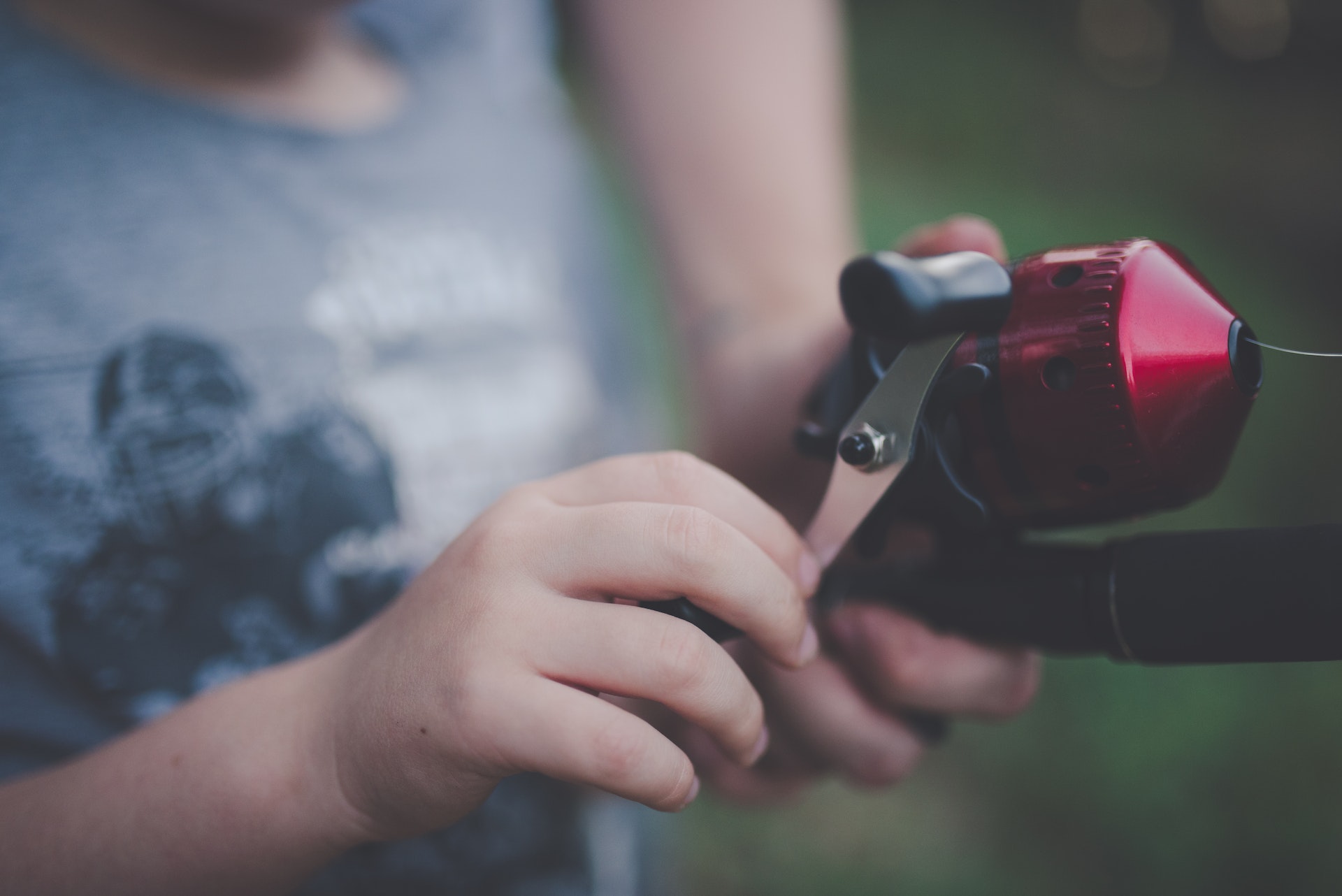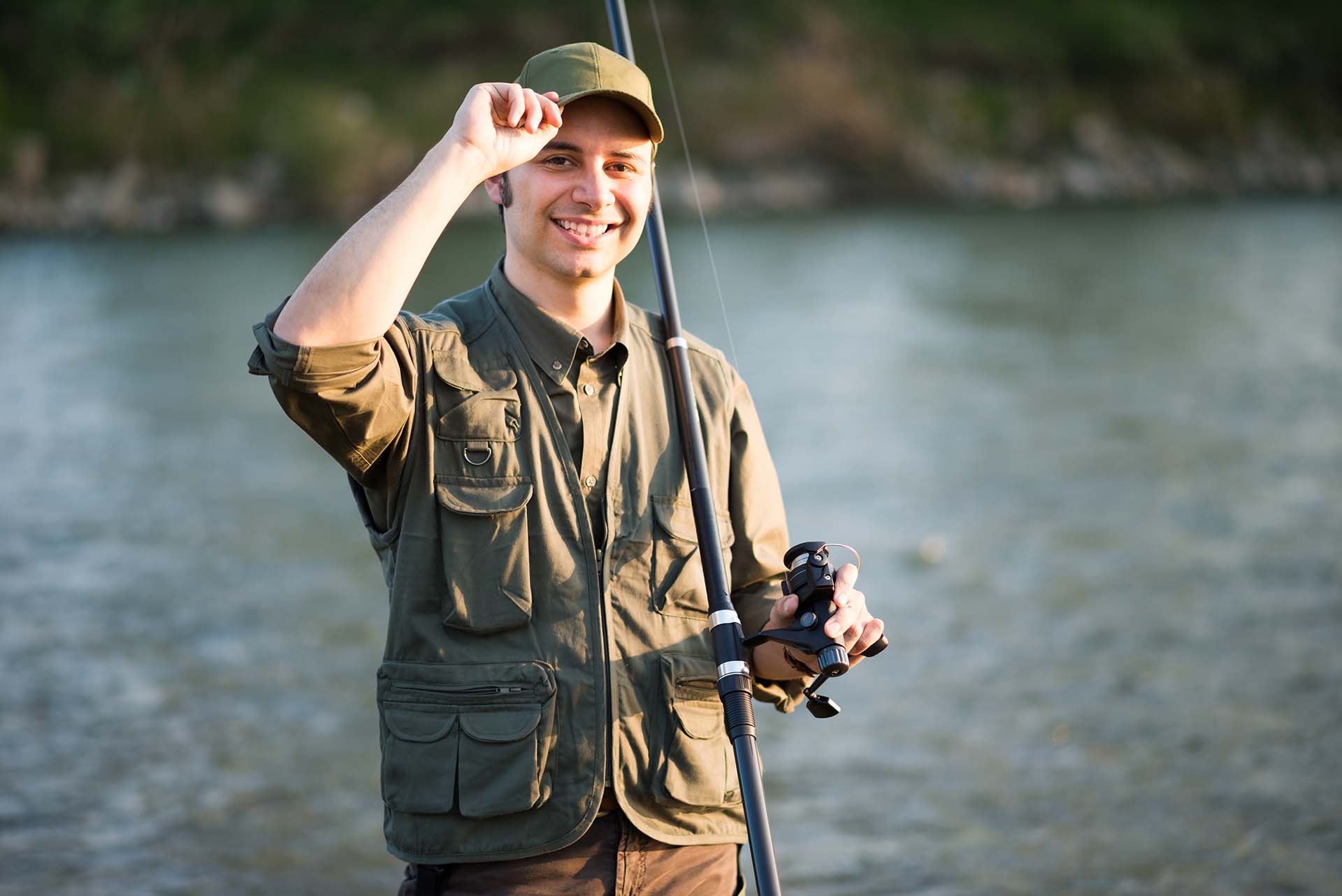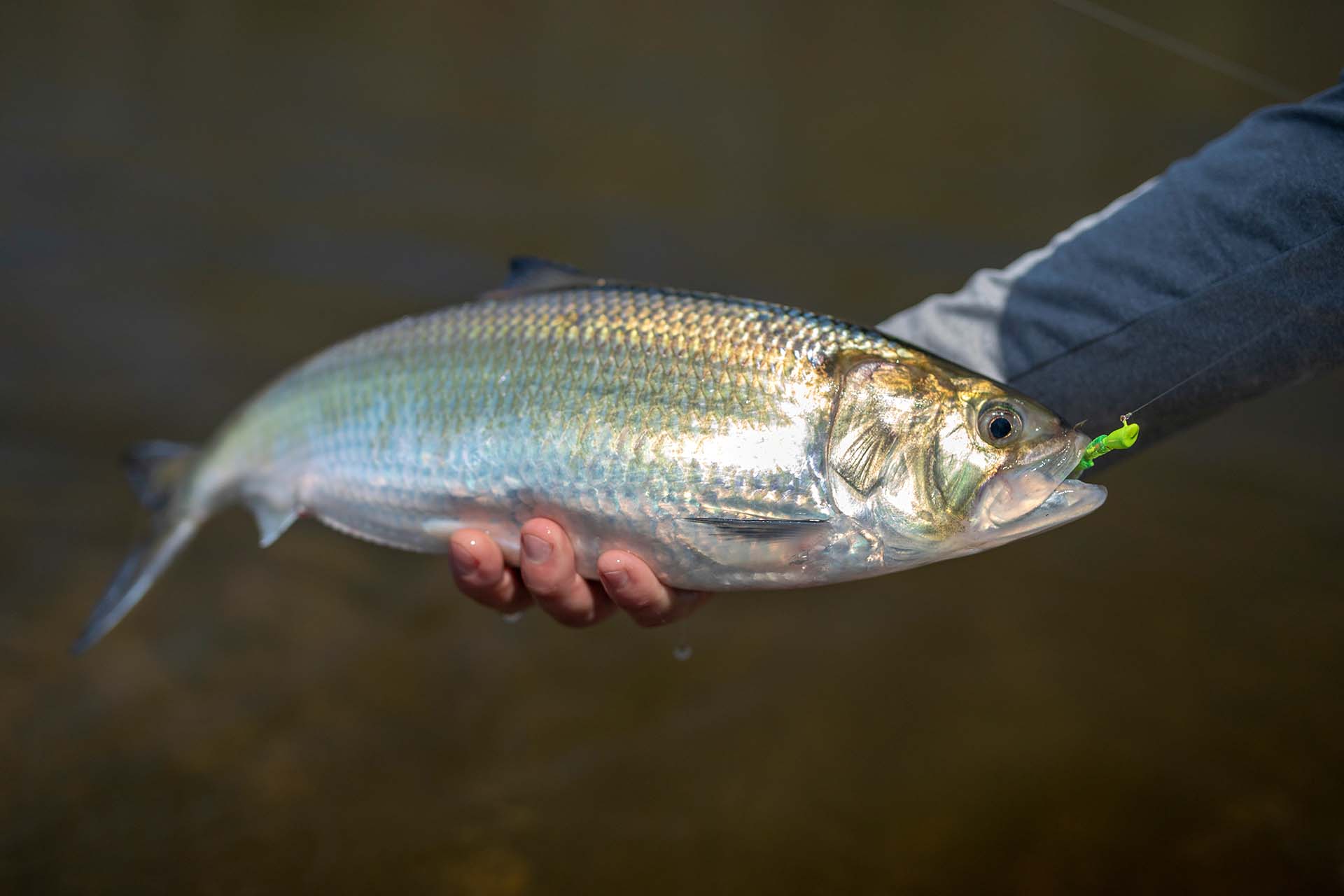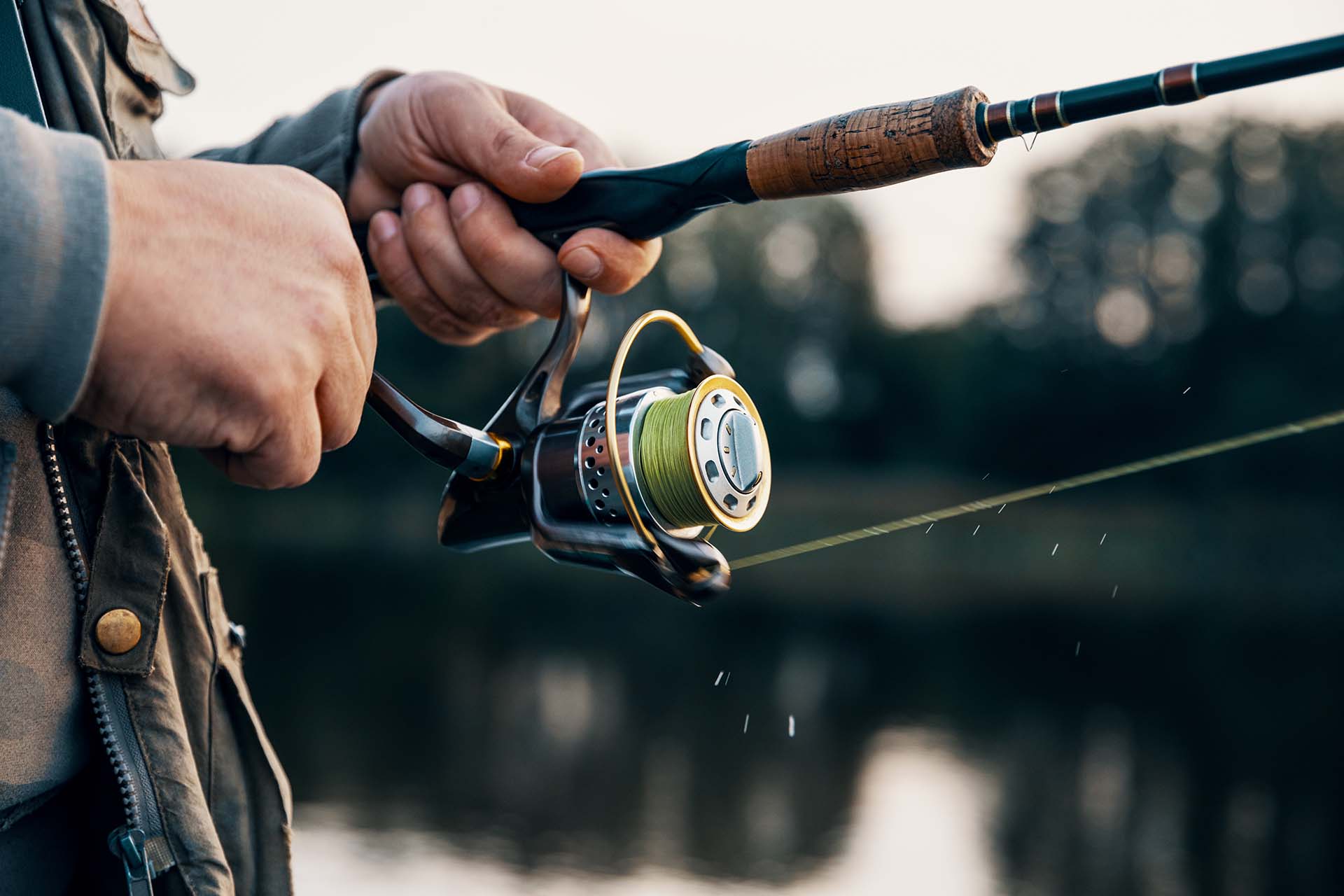Embark on an angling adventure to hook one of the ocean’s most intriguing game fish with the best lures for cobia. These powerful swimmers are the sole representatives of the Rachycentridae family in North American waters, boasting an impressive stature of up to 6 feet in length and weighing as much as 100 pounds. So, gear up with the top-notch products and land a prize-worthy fish.
Saltwater fishing for cobia demands careful lure selection, such as jigs, soft plastics, swimbaits, and live bait like eels or pinfish. Jigs are favored for their versatility, while soft plastics and swimbaits mimic cobia’s prey effectively. Live bait also proves highly attractive due to its natural appearance and movement. Combine it with advanced cobia fishing techniques like varied retrieves and adapting to seasonal shifts and enhance lure effectiveness.
Getting to Know the Species – Check Out the Habits and Preferences
Understanding fish habits and preferences is essential for figuring out what are the best offshore fishing lures for cobia. Also known as lemonfish, ling, or black kingfish in fishing slang, they are warm-water, coastal species with migratory patterns, often found near structures. The fish feed on various prey, making it vital to know their current preferences. Their affinity for structure and cover adds another layer of strategy for anglers aiming to catch them.
Understand Cobia Behavior and Effectively Select the Most Suitable Lure
To effectively target lemonfish, it’s essential to delve deeper into their behavior. Lemonfish are known to be curious and often follow other larger marine creatures, such as manta rays, sharks, or even sea turtles, in search of easy meals.
This behavior offers anglers a unique opportunity to sight-cast lemonfish swimming alongside these larger animals. Patience and observation are key when targeting this species. Analyzing their movement patterns and the way they respond to different lures and bait presentations can make all the difference.
The Best Environments to Fish for Cobia
Lemonfish can be found in a variety of coastal environments. They thrive in warm, tropical and subtropical waters, which means you’ll typically encounter them in areas like the Gulf of Mexico, the Atlantic Ocean, and the Caribbean.
These fish are known to gravitate towards locations with abundant food sources, so areas near estuaries, inlets, and reefs are often prime angling grounds. Additionally, lemonfish are structure-oriented, so they’re more likely to be found near underwater structures such as wrecks, pilings, buoys, and oil platforms.
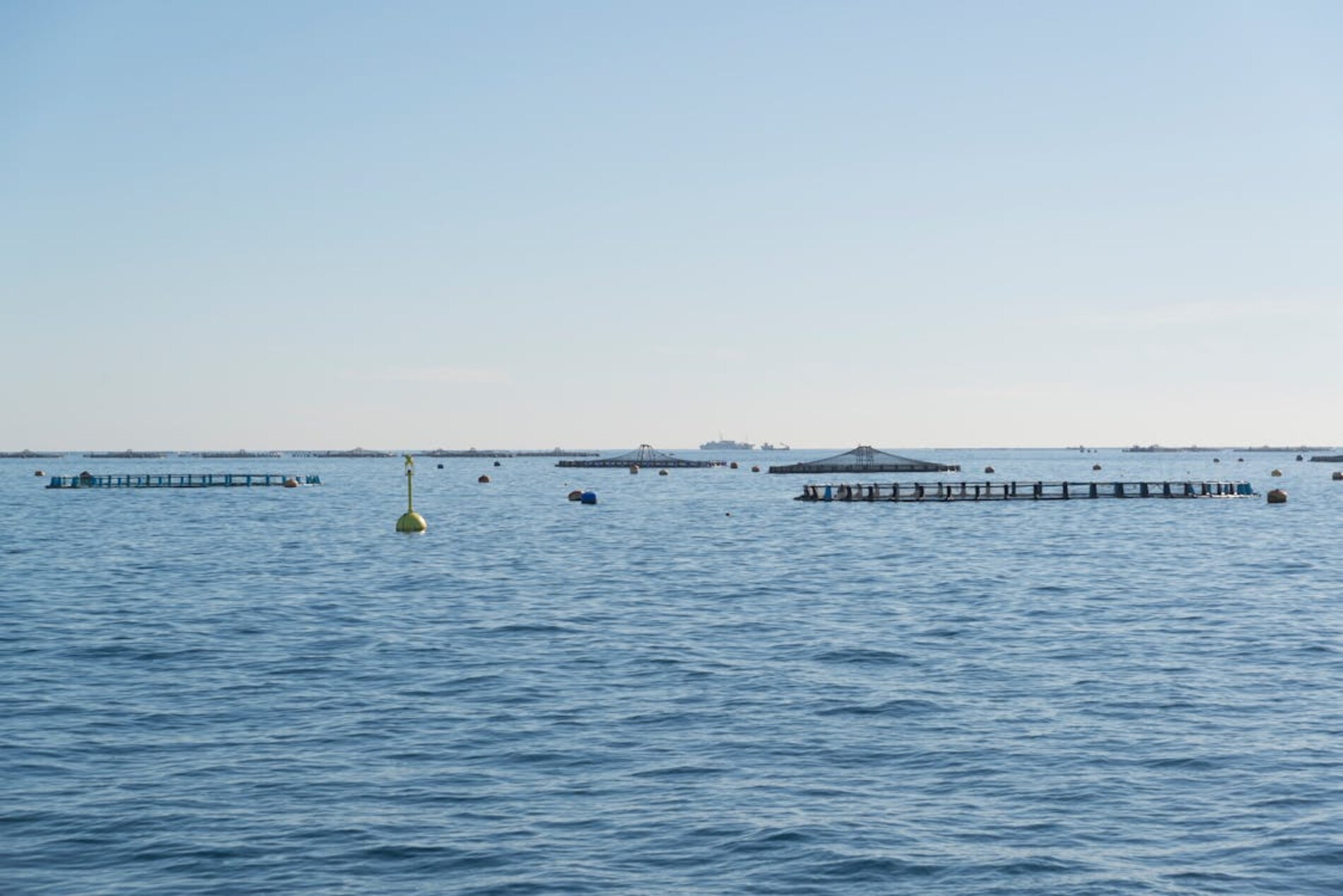
The Art of Choosing the Best Lures for Cobia
Tacke selection is a critical aspect of lemonfish fishing. It can often be the difference between a successful outing and a frustrating day on the water where the fish just aren’t biting. It’s essential to consider factors such as the type of lures, their size, color, and movement to attract and entice these fish effectively.
Top Lure Types for Attracting Lemonfish
When it comes to cobia angling, a variety of lure types have proven to be effective in attracting these powerful fish. Among the top choices are jigs, soft plastics, swimbaits, and live bait presentations. Jigs, in particular, are a go-to option for many anglers due to their versatility.
Each of these lure types has its unique advantages and appeals to different situations. So, having a diverse selection in your tackle box will increase your chances of success when targeting lemonfish.
Color, Size, and Movement – What Attracts Cobia the Most?
When selecting the best cobia lures for saltwater, color, size, and movement are essential considerations. Lemonfish are visual hunters, and their preference for certain color patterns can vary based on water clarity and light conditions.
In clear waters, lures with natural and realistic colors, such as white, silver, and blue, often work well to mimic the appearance of their prey. In murkier or muddy waters, brighter colors like chartreuse or orange can be more visible and attractive to lemonfish.
Size matters too, as these fish are known to target prey that matches their current size preference. Therefore, it’s essential to have a range of lure sizes in your arsenal to match the local baitfish and the fish feeding habits.
Additionally, the movement of the lure plays a significant role. Jerky, erratic motions or a slow and steady retrieve can both be effective, depending on the fish’s mood and the conditions. So, the best thing you can do is to experiment and adapt your equipment.

What Are the Most Effective Cobia Lures?
Let’s explore some of the top-notch products that earned their place in the tackle boxes of experienced and famous anglers. Understanding when and how to use these recommended lures can elevate your angling game and increase your chances of hooking into these formidable gamefish.
Jigs – The Go-To Choice for Lemonfish
Jigs are often regarded as the go-to choice for targeting lemonfish due to their versatility and effectiveness. These lures consist of a weighted head and a trailing skirt or soft plastic tail. One of the key advantages of using jigs is their ability to mimic the movement of prey fish. I personally use Alien Deep Jig and it does the job just perfectly.
When using jigs, anglers can employ various techniques, including vertical cobia jigging methods, casting and retrieving, or even trolling fishing. The versatility of jigs allows you to adapt to different water depths, currents, and cobia behavior. The most popular jig colors include white, chartreuse, and combinations of these hues. Adding a strip of cut bait or a live baitfish to your jig can further enhance its appeal.
Plugs and Crankbaits – When and How to Use Them Effectively?
Plugs and crankbaits are another category of tackle that can be highly effective in lemonfish angling, particularly in certain situations. These are typically hard-bodied with a diving lip that allows them to dive to specific depths when retrieved.
Plugs and crankbaits can excel when the fish is actively feeding near the surface or when they’re found in shallower waters. These lures come in a wide range of colors and sizes, allowing you to match the prevailing conditions and the size of the baitfish in the area. I use Codaicen Crankbait.
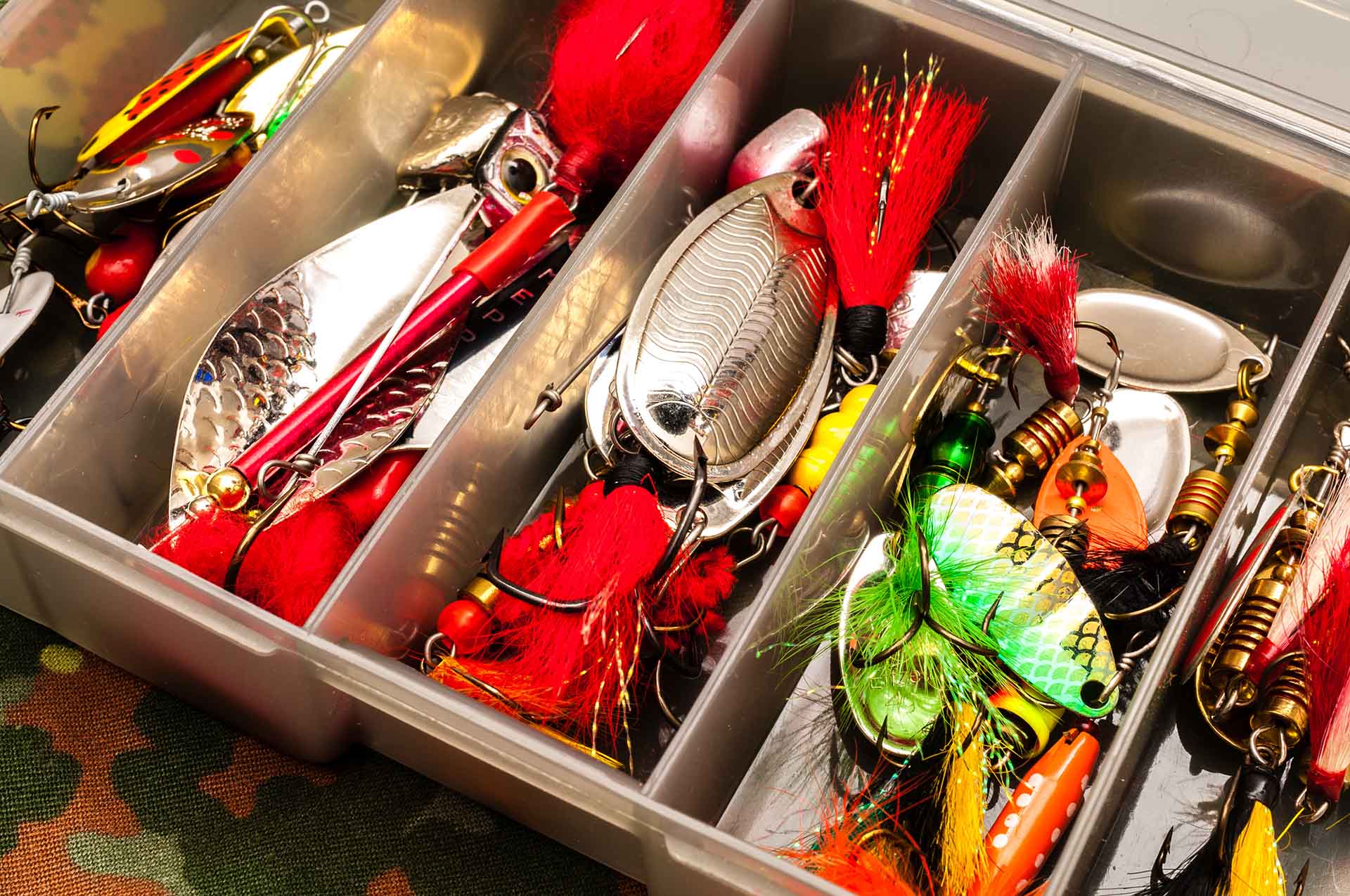
Live Bait vs. Artificial Lures for Cobia – What Is a Better Option?
Regarding some of the best baits for cobia, anglers often choose between using live bait or artificial lures. Each approach has its advantages and considerations, and understanding when and why to use one over the other can significantly impact your success on the water.
Live baitfish such as pinfish, mullet, or eels can be enticing to lemonfish, as they offer realistic movement and scent. The advantages of using live bait include its ability to attract cobia through scent and sound, as well as its natural appearance.
The Advantages of Artificial Lures in Cobia Fishing
Artificial lures offer their own set of advantages in lemonfish angling. They provide anglers with versatility and ease of use, as there’s no need to keep live bait alive or worry about bait management. Artificial lures can be cast and retrieved effectively, allowing you to cover more water and target ling actively on the move.
They also come in various sizes, shapes, and colors, enabling you to experiment until you find what works best for the current conditions. Artificial lures can be less messy and more convenient for anglers who prefer a simpler approach. Moreover, they can be especially effective when lemonfish are actively hunting and striking at lures.
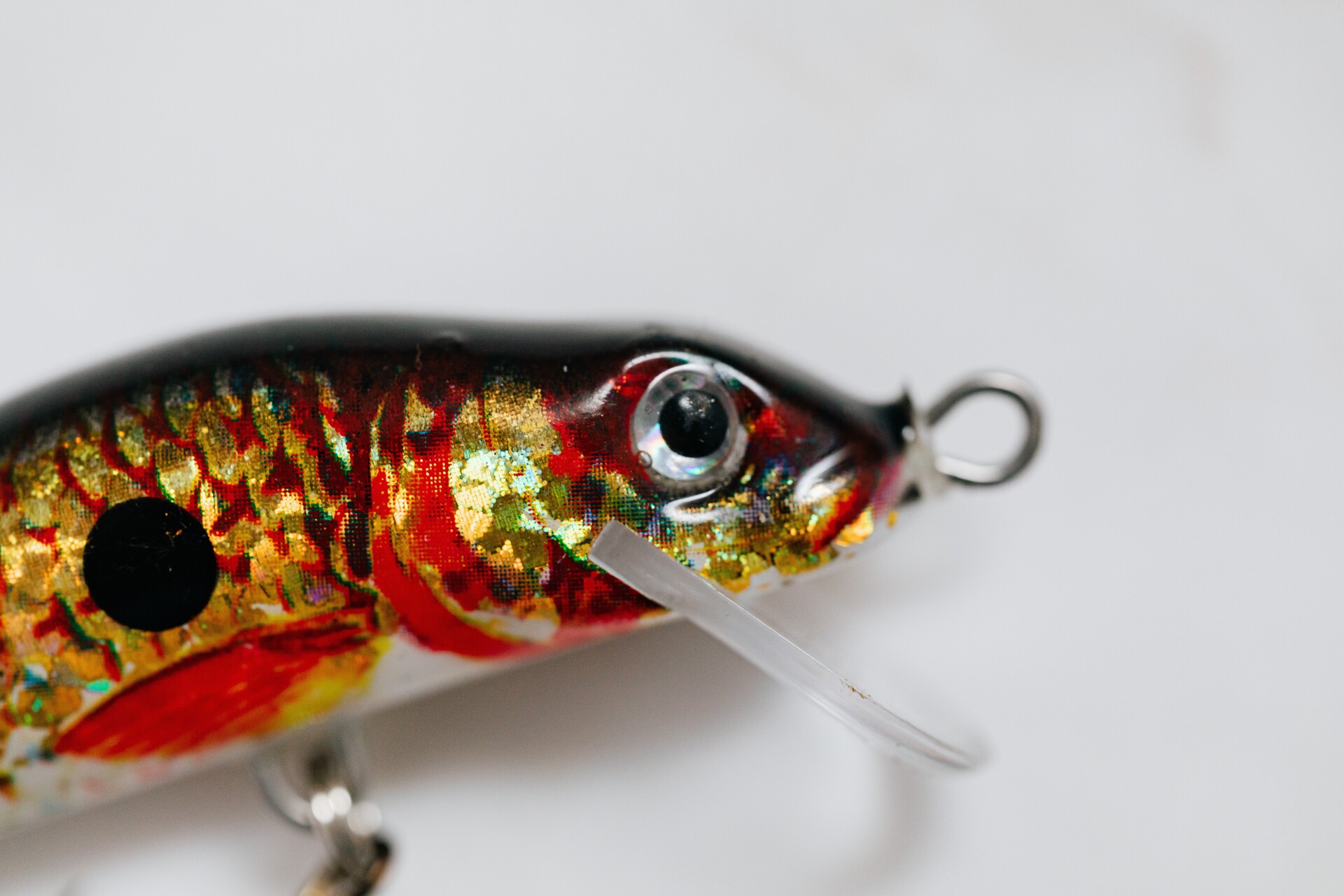
Advanced Tips for Using Lures to Catch Cobia
Mastering the use of lures for ling angling requires more than just the right gear. In this section, we’ll explore some advanced techniques and considerations to maximize your success rate when using lures.
Techniques for Maximizing Lure Effectiveness
To maximize the effectiveness of lures when targeting lemonfish, it’s essential to pay attention to your presentation and retrieve. Experiment with different retrieval speeds and patterns to imitate the behavior of prey fish or to trigger a strike response from these fish.
Jerking, pausing, and twitching your lure can often be more enticing than a simple, steady retrieve. Additionally, consider using a teaser ahead of your lure to pique the curiosity of cobia and draw them closer before they strike.
Seasonal Variations in Lure Selection
Understanding the seasonal variations in lemonfish behavior and prey availability is key to selecting the right lures. During different times of the year, ling may be feeding on specific baitfish or following different migration patterns. Therefore, it’s crucial to adjust your lure choice to match the prevailing conditions.
For example, in the spring, when lemonfish migrate along the coastlines, they may be more inclined to strike at lures imitating small baitfish. In contrast, during the summer, when they are found near structures, lures that mimic crabs or other bottom-dwelling prey may be more effective. Stay attuned to these seasonal shifts to enhance your chances of success with lures.
Gear and Tackle Tips for Cobia Fishing
Having the right gear and tackle is essential for ling fishing. In this section, we’ll explore seasonal cobia fishing tips for selecting the appropriate rods, reels, and other tackle components to optimize your lemonfish-angling experience.
Matching Your Rod and Reel to Your Lure Choice
Matching your fishing rod and reel to your chosen lures is crucial for efficient cobia fishing. For heavier lures like jigs or plugs, a medium to heavy spinning or baitcasting rod paired with a suitable fishing reel is often ideal. This setup allows you to cast your lures accurately and handle the power of a fighting lemonfish.
Conversely, when using lighter lures or live bait, a medium-action rod and reel combination will provide the finesse needed for a successful hookset. Ensure that your line and leader are appropriately sized for the type of lures and the size of fish you’re targeting, as using the wrong line can lead to lost fish.
Essential Tackle for Cobia Angling
In addition to your rod and reel, having the right tackle is essential for black kingfish angling. Strong and sharp hooks, appropriate jig heads, and leaders with high abrasion resistance are essential components of your tackle setup. Depending on your chosen lure type, you may need swivels, snaps, or other terminal tackle to ensure your lures are presented effectively.
Quality braided line and fluorocarbon leader material can enhance your chances of landing lemonfish, especially when they make powerful runs or encounter sharp structures. It’s also important to have a landing net or gaff to safely bring your catch on board once you’ve hooked a lemonfish. By paying attention to your gear and tackle choices, you’ll be better prepared to handle the challenges lemonfish angling can present and increase your chances of success on the water.

Unlocking the Secrets of Cobia Fishing: Where Art and Science Converge
Mastering the art of catching lemonfish requires a multifaceted approach that encompasses the best lures for catching cobia, advanced techniques, and appropriate gear. Whether you choose live bait or artificial lures, understanding the pros and cons of each is essential for success. By following the tips provided in this guide, you can increase your odds of a memorable and fruitful cobia fishing expedition. The pursuit of these powerful and elusive gamefish becomes not just a hobby but a gratifying challenge for anglers who embrace these strategies and insights.

